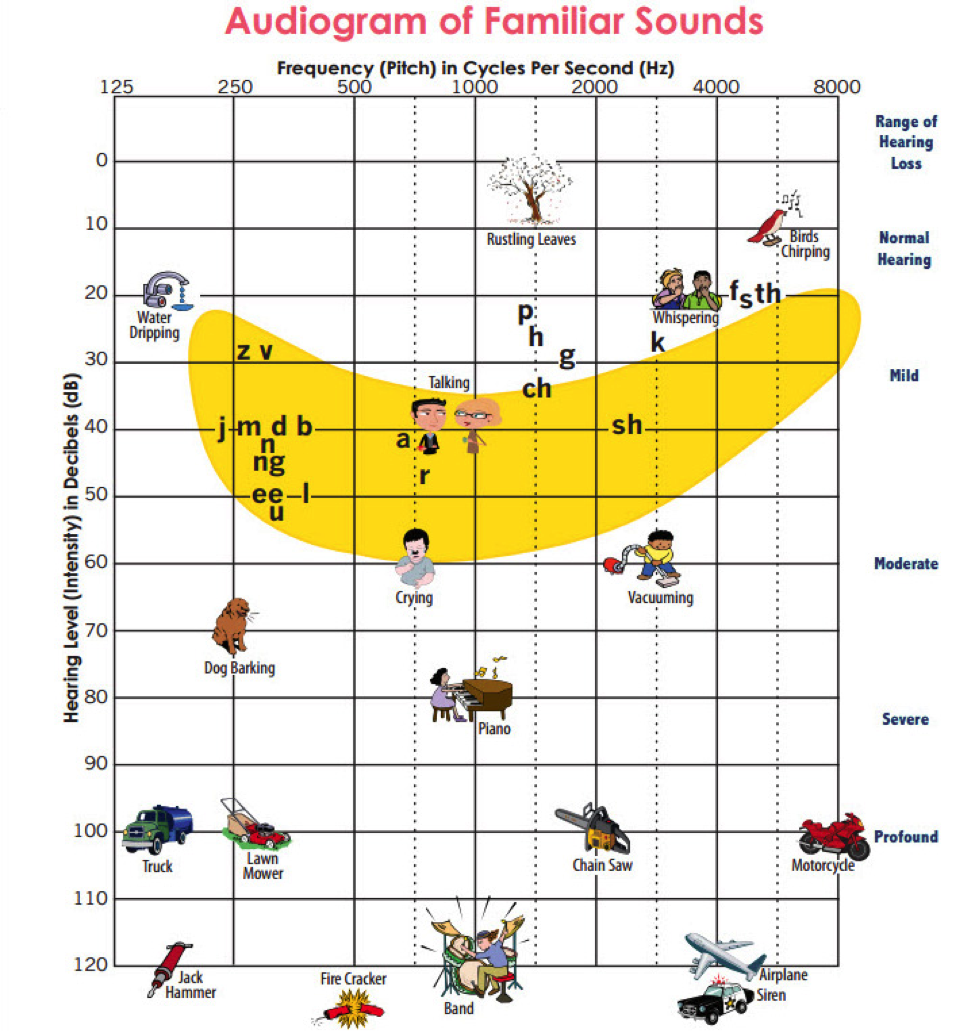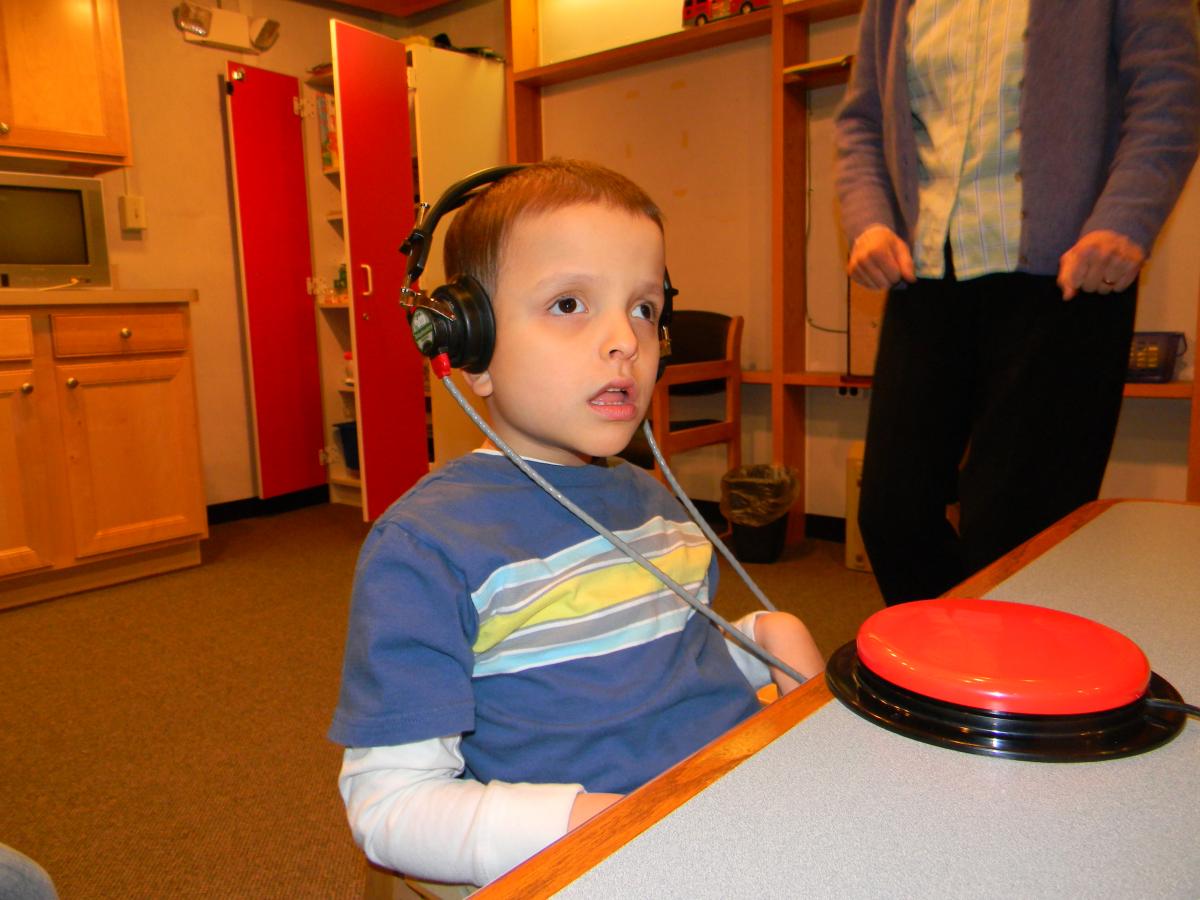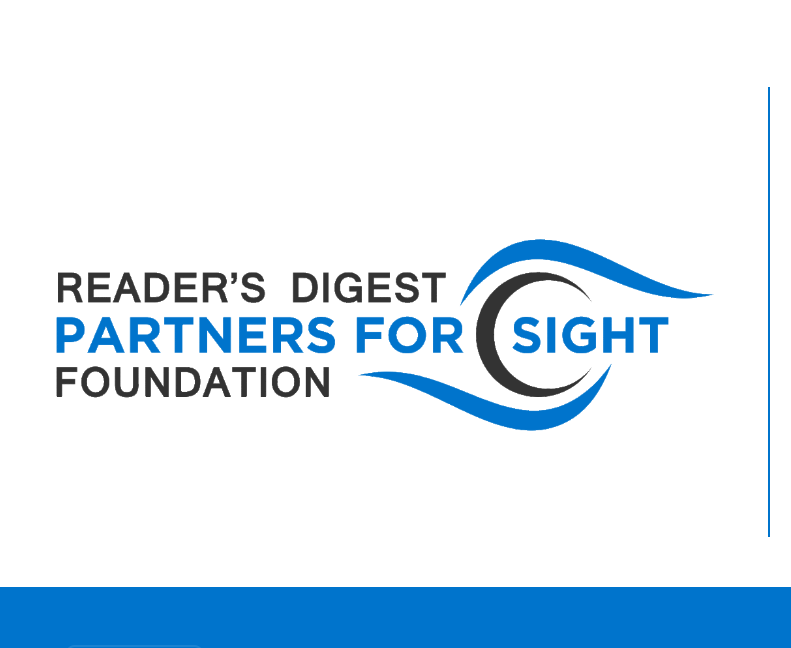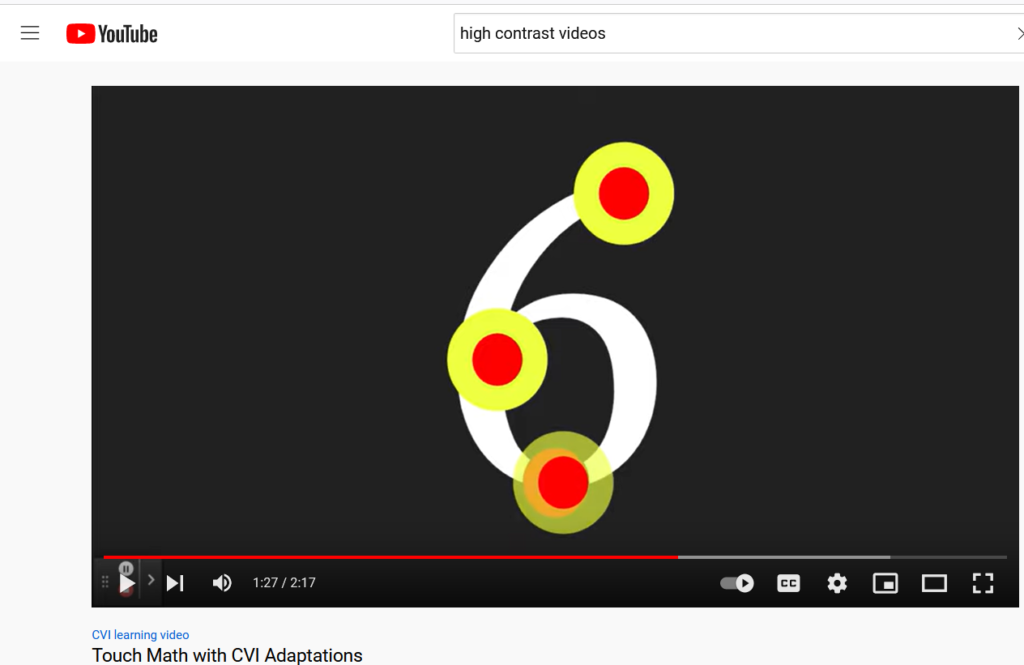Students who are blind or visually impaired rely heavily upon their hearing, and should have their hearing assessed on a regular basis. Many of the conditions that cause visual impairment may also lead to a hearing loss, and thus it is a good idea to be sure to check hearing regularly. This does not need to be a full evaluation, but should be at least a screening on an annual basis. To understand more about auditory issues for children with visual impairment, read Are You Listening? Auditory Issues for Children with Visual Impairments by Kate Moss Hurst, TSBVI Outreach.
Types of Hearing Assessment for Children
The CDC (Center for Disease Control and Prevention) offers extensive information about hearing loss in children, including an overview of screening and diagnosis of hearing loss.
Types of Tests Used to Evaluate Hearing in Children and Adults
-
Pure-Tone Testing
-
Speech Testing
-
Tests of the Middle Ear
-
Auditory Brainstem Response (ABR)
-
Otoacoustic Emissions (OAEs)
Assessments for Hearing & Functioning of the Ear
Nevada Dual Sensory Impairment Newsletter, Vol. 20, No. 1, pp. 3-5 (Spring 2011)
CDC (Center for Disease Control and Prevention)
This one-page fact sheet is available in English and Spanish.
Informal Hearing Screening Tools
- IFHE (Informal Functional Hearing Evaluation): an informal evaluation designed to guide a Teacher of the Deaf/Hard of Hearing (TDHH), Teacher of the Deafblind (TDB), Teacher of Students who are Visually Impaired (TVI), Speech Pathologist, or Educational Audiologist in determining the impact of a potential hearing loss on educational functioning for students with visual impairments and multiple disabilities.
- Sound Travels: a tool to assist the team to evaluate the sound environment related to mobility
- The O & M Listening Test, TSBVI
Questions to Ask Your Child’s Audiologist
It can be helpful to prepare a list of questions for your child’s audiologist before going to the appointment. Here are two resources that can help you to develop a list of questions that may be able to help you prepare for the appointment.
Includes questions for the audiologist, screening questions, and assistive device and hearing aid questions. This document may be useful to parents and families, as well as to teachers and other professionals.
- How much hearing loss does my child have? Please explain the terms: sensorineural, conductive, mixed, mild, moderate, severe, profound, auditory neuropathy.
- Is the loss permanent? Does my child need more testing? How often should my child’s hearing be tested?
- Can you tell if my child’s hearing loss will get worse or change?
- Do both ears have the same hearing loss?
- How will the hearing loss affect my child’s speech and language development?
- What could have caused my child’s hearing loss?
- Would you suggest genetic counseling for our family?
- May I have a copy of the hearing test results? (Attach and explain the audiogram or other information to this form.)
Questions about hearing aids and cochlear implants (an electronic device placed under the skin behind the ear):
- Does my child need a hearing aid?
- What are my choices?
- Should he or she have a hearing aid in both ears?
- How much do hearing aids cost?
- Can I get help to pay for the hearing aids?
- Can you help me contact a program that can lend me hearing aids?
- What will my child hear with the hearing aids?
- How often will my child need new hearing aids or parts?
Speech Banana Audiogram
The University of California, San Francsico Department of Otolaryngology shares the Speech Banana Audiogram below. The chart shows both pitch (frequency) and loudness (decibels), and a child’s individual audiogram can be plotted on here to show which sounds he or she might be missing. This visual representation can be a helpful tool to explain to family members and others what sounds the child may not hear clearly. For example, a child may hear a dog barking or vacuuming, but may not be hearing many speech sounds.

Additional Resources
Minimal Losses…Major Implications by Jenny Lace, Texas School for the Blind and Visually Impaired, Outreach Program
This article examines some of the implications of a mild visual impairment, as well as a minimal hearing loss in a typical classroom. Problems and solutions are included.




